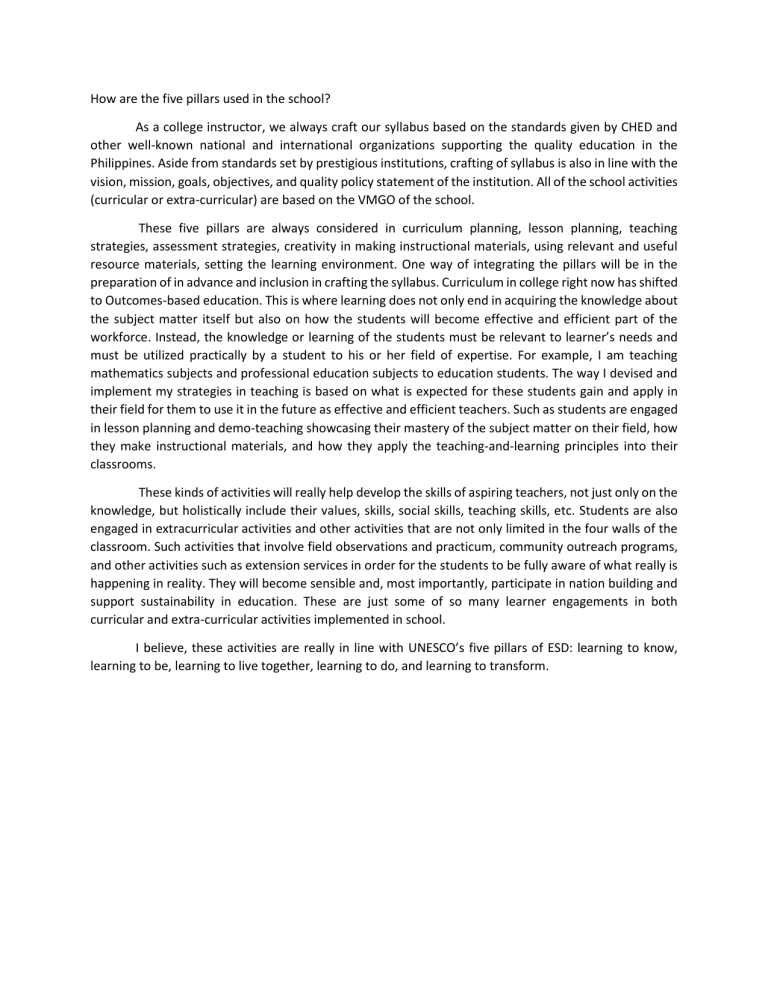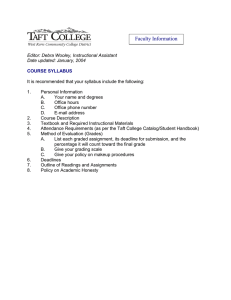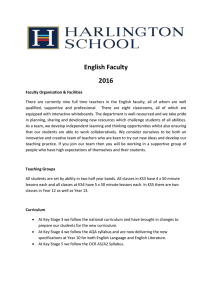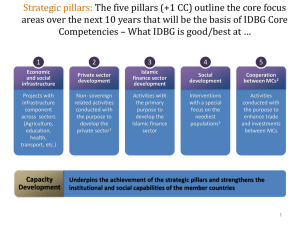
How are the five pillars used in the school? As a college instructor, we always craft our syllabus based on the standards given by CHED and other well-known national and international organizations supporting the quality education in the Philippines. Aside from standards set by prestigious institutions, crafting of syllabus is also in line with the vision, mission, goals, objectives, and quality policy statement of the institution. All of the school activities (curricular or extra-curricular) are based on the VMGO of the school. These five pillars are always considered in curriculum planning, lesson planning, teaching strategies, assessment strategies, creativity in making instructional materials, using relevant and useful resource materials, setting the learning environment. One way of integrating the pillars will be in the preparation of in advance and inclusion in crafting the syllabus. Curriculum in college right now has shifted to Outcomes-based education. This is where learning does not only end in acquiring the knowledge about the subject matter itself but also on how the students will become effective and efficient part of the workforce. Instead, the knowledge or learning of the students must be relevant to learner’s needs and must be utilized practically by a student to his or her field of expertise. For example, I am teaching mathematics subjects and professional education subjects to education students. The way I devised and implement my strategies in teaching is based on what is expected for these students gain and apply in their field for them to use it in the future as effective and efficient teachers. Such as students are engaged in lesson planning and demo-teaching showcasing their mastery of the subject matter on their field, how they make instructional materials, and how they apply the teaching-and-learning principles into their classrooms. These kinds of activities will really help develop the skills of aspiring teachers, not just only on the knowledge, but holistically include their values, skills, social skills, teaching skills, etc. Students are also engaged in extracurricular activities and other activities that are not only limited in the four walls of the classroom. Such activities that involve field observations and practicum, community outreach programs, and other activities such as extension services in order for the students to be fully aware of what really is happening in reality. They will become sensible and, most importantly, participate in nation building and support sustainability in education. These are just some of so many learner engagements in both curricular and extra-curricular activities implemented in school. I believe, these activities are really in line with UNESCO’s five pillars of ESD: learning to know, learning to be, learning to live together, learning to do, and learning to transform.


